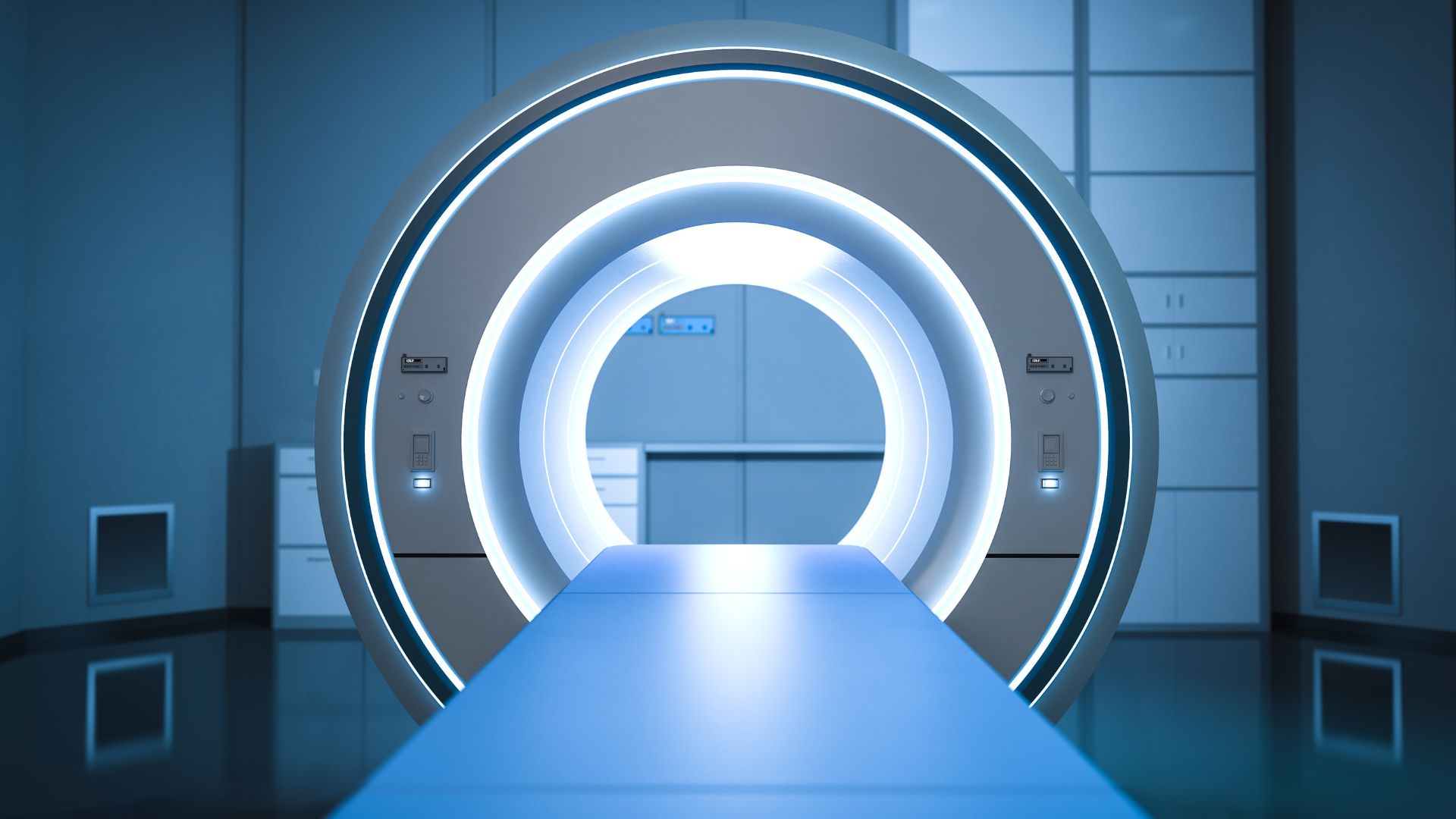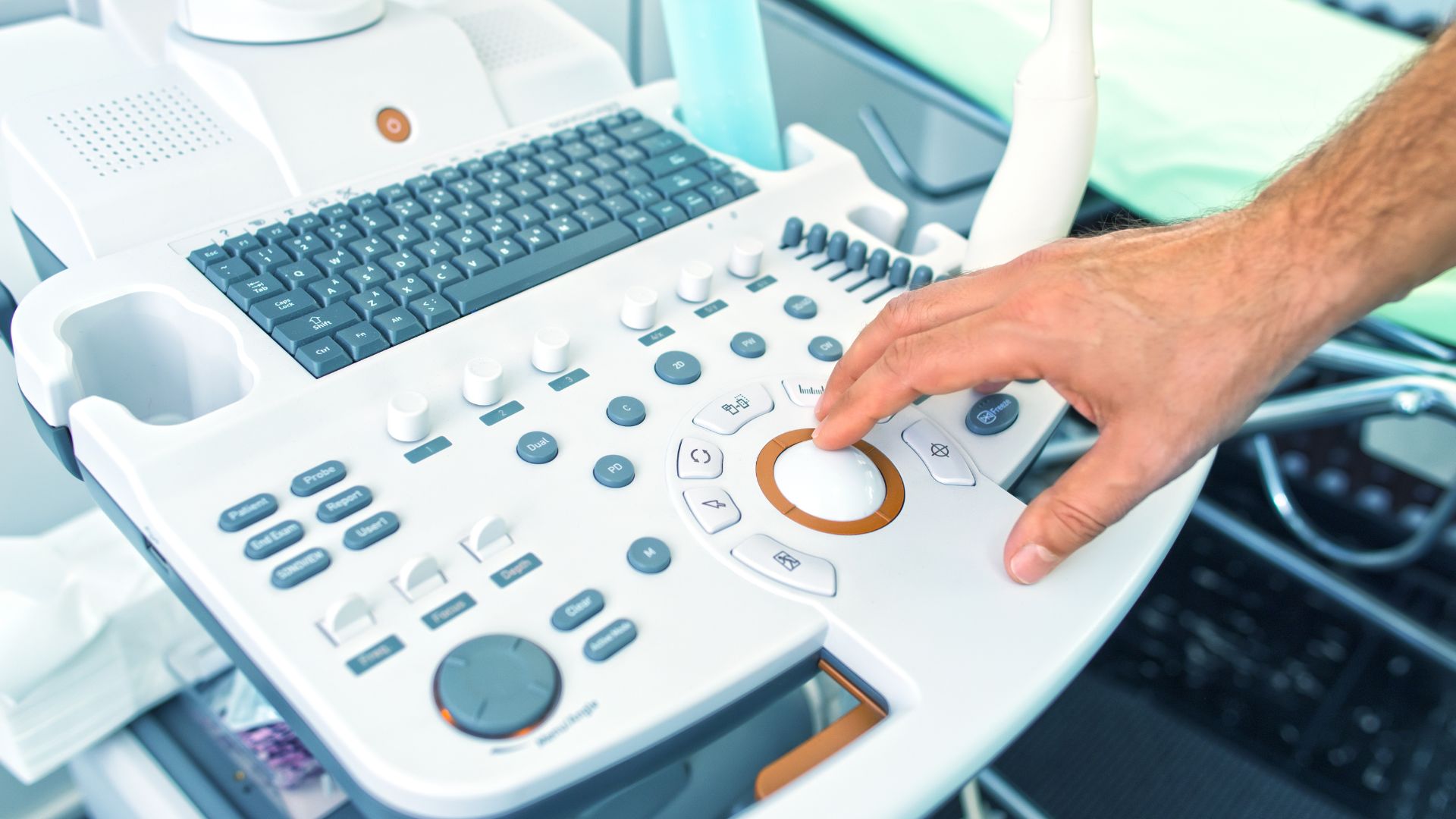Radiation-emitting electronic products—including everything from televisions and laser printers to MRI machines and microwave ovens—fall under FDA’s Electronic Product Radiation Control (EPRC) provisions, established under the Federal Food, Drug, and Cosmetic Act (FD&C Act), Chapter V, Subchapter C.
The U.S. Food and Drug Administration (FDA) regulates both medical and non-medical electronic products that emit radiation through a dedicated framework known as the EPRC provisions, codified under the FD&C Act), Chapter V, Subchapter C.
This guide provides a comprehensive look at how the FDA defines these products, the regulatory obligations for manufacturers and importers, and the submission, labeling, and importation requirements necessary for compliance.
What Is a Radiation-Emitting Electronic Product?
According to FDA regulation at 21 CFR 1000.3, a radiation-emitting electronic product is any electrically powered device that emits radiation in the electromagnetic spectrum, whether intentionally or unintentionally. Radiation types include:
- Ionizing radiation (e.g., X-rays, gamma rays)
- Non-ionizing radiation (e.g., ultraviolet, infrared, microwave, radiofrequency, visible light)
This broad definition means that the FDA’s jurisdiction covers both:
- Intentional emitters, such as laser devices, X-ray machines, tanning beds, and medical imaging equipment
- Unintentional emitters, such as microwave ovens, televisions, and some ultrasonic cleaners
Medical vs. Non-Medical Products
Radiation-emitting products fall into two categories:
- Medical: MRI machines, mammography equipment, therapeutic lasers, and ultrasound devices. These are subject to dual regulation under the EPRC and medical device regulations.
- Non-Medical: Televisions, smart meters, security screening systems, handheld laser pointers, industrial welders, and more. These are subject only to the EPRC framework.
Despite their differences, both product types must meet FDA’s safety and reporting requirements.
Regulatory Authority Under the FD&C Act
The foundation of FDA’s authority over radiation-emitting products comes from the Radiation Control for Health and Safety Act of 1968, incorporated into the FD&C Act. These provisions:
- Are located in Sections 531–542 of the FD&C Act
- Apply to all manufacturers, assemblers, and importers of covered products
- Are enforced by the Center for Devices and Radiological Health (CDRH)
Importantly, FDA authority is not limited by shielding or user exposure, as established in 21 CFR 1000.3 and the Radiation Control for Health and Safety Act of 1968. Even if a device is fully enclosed or shielded, the FDA regulates it if radiation is produced internally.
FDA Requirements for Radiation-Emitting Products
The FDA imposes several core obligations on manufacturers and importers of radiation-emitting products, whether medical or non-medical:
- Compliance with Performance Standards (when applicable)
- Product Certification and Identification Labeling (must be permanently affixed per 21 CFR 1010.2–1010.3; typically via etched, engraved, or durable printed labels)
- Preparation and Submission of Product Reports
- Maintenance of Quality Control and Testing Programs
- User Manuals with Required Warnings and Use Instructions
- Recordkeeping Systems (to verify testing, certification, distribution)
All manufacturers must verify that their products:
- Meet applicable performance standards (as specified in 21 CFR Parts 1010–1050)
- Are manufactured under a program capable of proving conformity to those standards
- Are properly certified and labeled with compliance and identification information
Reporting and Accession Numbers
Reporting obligations differ depending on the product and its classification. Common report types include (21 CFR 1002.1 Table 1 provides a complete breakdown by product type):
- Initial Product Report (Form FDA 3649)
- Supplemental Reports (for changes to certified products)
- Abbreviated Reports (for lower-risk products)
- Annual Reports (if required per 21 CFR 1002.11)
When FDA accepts a product report, it issues a unique Accession Number. This number:
- Serves as a reference ID confirming receipt and review
- Is required for importing products into the United States
- Must be included on FDA Form 2877 during import entry
Note: There is no public lookup for accession numbers. Per current FDA policy, these numbers are considered proprietary and are only accessible to the FDA and the manufacturer that originally submitted the report.. Importers must request this information from the manufacturer, and it must match the submission records on file with the FDA.
Importing Radiation-Emitting Products: What FDA Verifies
Whether the product is a laser pointer or an MRI system, the FDA reviews specific data at the time of import. The primary import declaration document for radiation-emitting products is Form FDA-2877, titled “Declaration for Imported Electronic Products Subject to Radiation Control Standards.”
Understanding Form FDA-2877 Declarations
Form 2877 has four types of declarations:
- Declaration A – Product is not subject to a performance standard
- Declaration B – Product complies with applicable standards and is certified
- Declaration C – Product is temporarily imported for demonstration/testing and will be destroyed or re-exported
- Declaration D – Product is noncompliant but will be held under bond until brought into compliance
Each declaration must include:
- Manufacturer’s name and address
- Product model and designation
- Accession number (if applicable)
- Description of compliance status
In addition to Form 2877, FDA uses PREDICT, its screening tool, to cross-verify entry declarations with internal data. Importers can expedite clearance by submitting accurate Affirmation of Compliance (A of C) codes. For a list of A of C codes, visit the FDA A of C Codes Reference.
Import Challenges and Red Flags
Failure to comply with these entry expectations may result in import detention, re-export demands, or product destruction. Delays and detentions commonly result from:
- Missing or incorrect accession numbers
- Improper Form 2877 declaration (wrong code selected)
- Noncompliant or unlabeled products
- Manufacturer not recognized in FDA systems
If a product is detained, FDA may allow reconditioning via Form FDA-766. This process is complex and typically only practical when specific correction pathways are clearly defined.
Special Requirements for Medical Radiation-Emitting Devices
When a radiation-emitting product is also a medical device, it must comply with both:
- EPRC requirements (21 CFR 1000–1050)
- Medical device regulations (21 CFR 800–899)
This dual regulation means:
- The product may require 510(k) clearance or PMA approval
- The facility must be FDA-registered and device-listed
- Quality System Regulation (QSR) compliance applies
- Labeling must meet both EPRC and medical device standards
Examples include:
- MRI and mammography machines
- Ultrasound imaging systems
- Class III therapeutic lasers
How Registrar Corp Can Help
Registrar Corp assists radiation-emitting product manufacturers and importers with:
- Review and preparation of Initial Product Reports
- Guidance on supplemental, abbreviated, and annual reports
- Support in completing and submitting Form FDA-2877
- U.S. Agent services for foreign establishments
- Labeling review for EPRC and medical device alignment
Registrar Corp does not issue accession numbers but supports clients in reviewing electronic product reports, navigating Form FDA-2877 requirements, and ensuring all documentation aligns with FDA expectations prior to submission.
Maintaining Compliance and Avoiding Detention
Manufacturers and importers can minimize risk by establishing robust compliance programs that include:
- Maintaining detailed records of certification, testing, and distribution
- Ensuring products are labeled with permanent identifiers and certification marks
- Submitting all required reports prior to distribution or import
- Verifying manufacturer details and accession numbers before entry
- Utilizing correct Form 2877 declarations and A of C codes
To stay compliant, review updates to performance standards and FDA import policies regularly via CDRH and the FDA’s Import Program websites.
For further detail, consult:








